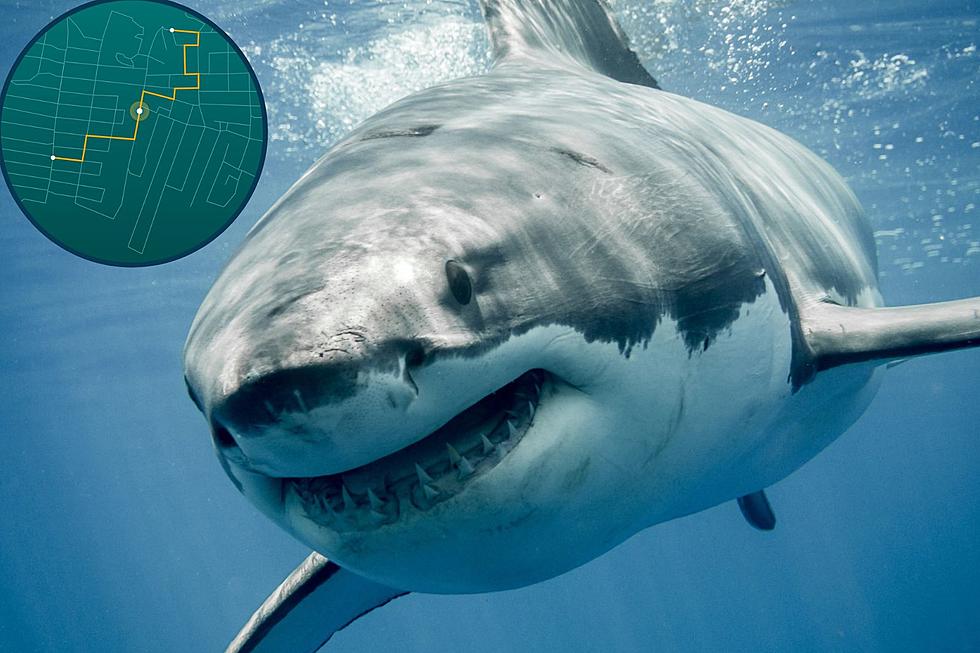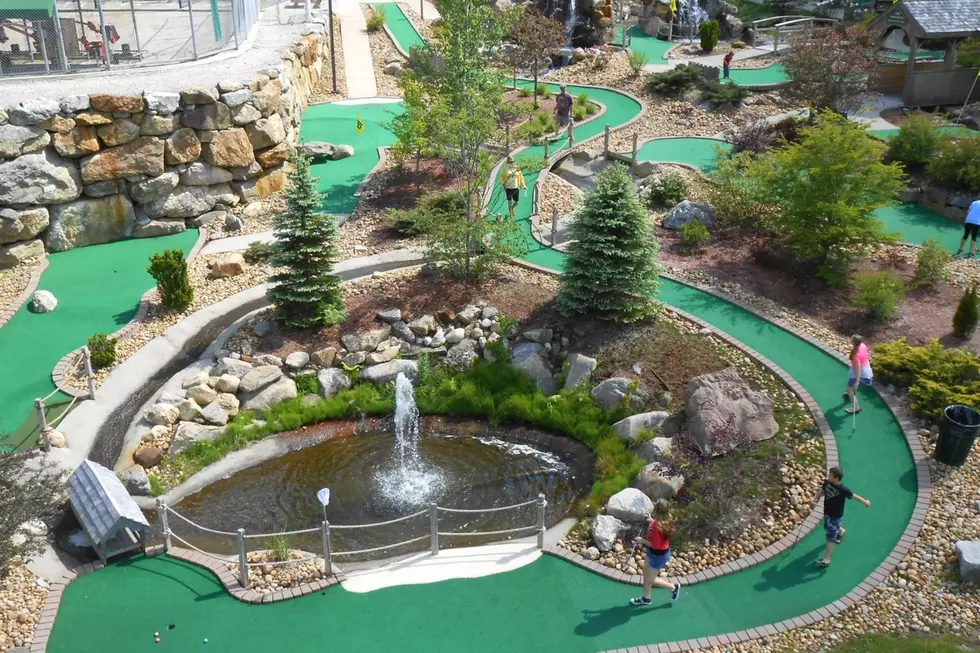
Could the Woman Trapped in Waist-Deep Quicksand at Maine Beach Have Been Swallowed Up?
It was one of our biggest fears in the 1980s. The urban legend that any of us could be walking on grass and suddenly get sucked into the ground by random quicksand.
If you're a child of the '80s, you know what I'm talking about. Even if our parents told us that quicksand only exists in the jungles of Africa, we all avoided sandboxes or treaded lightly when playing in our backyards..
It happened at a popular, stunning New England beach in Phippsburg, Maine, about an hour outside Portland. A summer vacation haven at its, best but not so much for one woman.
According to Boston 25 News, Jamie Acord was enjoying a walk along the water at Popham Beach State Park when suddenly, she took a step and immediately sunk wast-deep into the sand.
I would be crying and screaming for sure, thinking of the urban '80s myth and how it's not a myth after all.
Anyway, Jamie couldn't feel the bottom or get any footing or leverage. Luckily, her husband was able to grab her and pull her out quickly.
Can Quicksand Kill You?
According to the 'How Things Work' section on the Science website, quicksand is rarely more than a few feet deep, and is just supersaturated sand. Unless you go in head-first, you're not going to die.
The resulting sand is a mushy mixture of fine sand and water that can no longer support any weight. If you step into wet quicksand, it won't pull you down but you do need to remain calm.
According to the QuickQuote website, the more you struggle in quicksand, the faster you will sink, which will just make it more difficult to get out. So relaxing allows you to float and then paddle to safety, or have someone help you slowly.
Those people that happen to die in quicksand do not typically die from suffocating, but rather from exposure to the elements due to being stranded. Some may drown in quicksand if stuck in a spot near a large body of water, or a rising tide.
Where is Quicksand Located in the US?
Even though we don't hear about it often, quicksand does exist across the country, and is usually formed along rivers, beaches, lakes, marshes, and near underground springs.
Here Are 14 Times Bigfoot Has Been Reported in Maine
Gallery Credit: Sean McKenna
These 20 New Hampshire Towns Have the Oldest Populations
Gallery Credit: Megan
More From 102.9 WBLM







